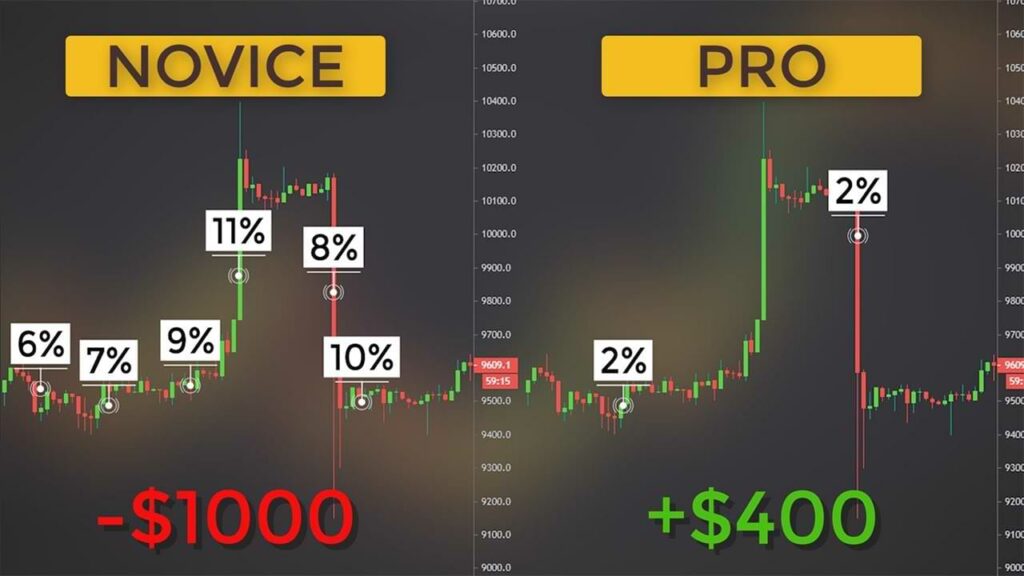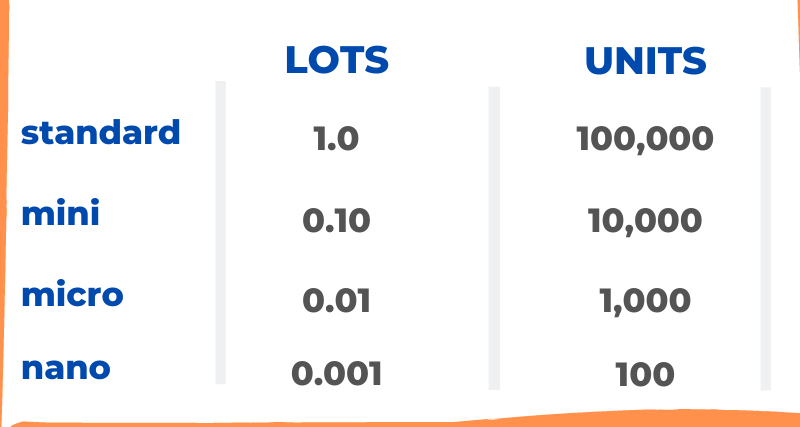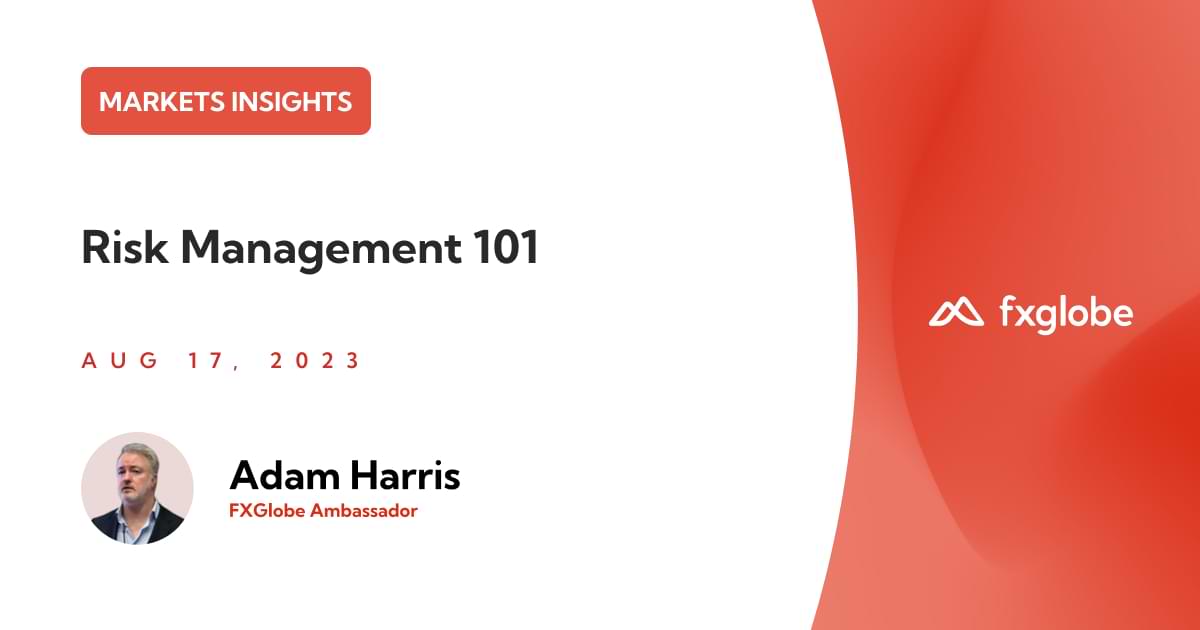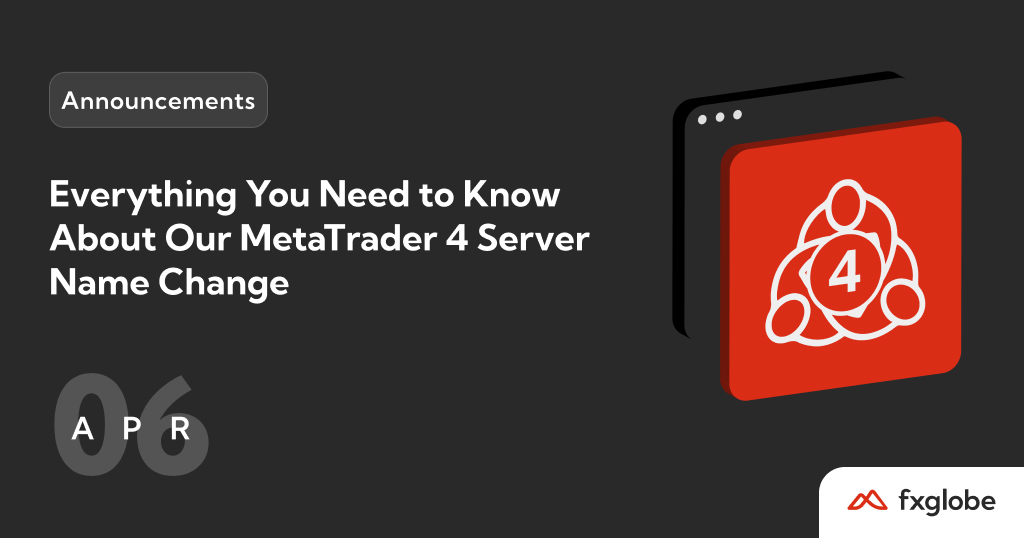Introduction to Risk Management
Risk management is absolutely vital for trading success. Without it, your account can easily get wiped out by a single bad trade. By implementing effective risk management strategies, you can protect your capital and give yourself longevity in the markets.
This guide will provide you with the essential knowledge and tools regarding two key aspects of risk management: position sizing and stop-loss placement. Let’s dive in and learn how to minimise risk while maximising returns.
What is Risk Management in Trading?

In simple terms, risk management refers to the process of identifying potential risks in trading and then employing the appropriate strategies to reduce, mitigate, or eliminate them. The core goal is to protect your capital from large losses so you can remain solvent over the long-term.
Some key principles of effective risk management include:
- Determining position sizing based on account size and risk tolerance
- Utilising stop losses to limit downside
- Managing leverage and not overexposing yourself
- Maintaining balanced portfolio allocation
- Cutting losses quickly and letting winners run
Proper risk management takes discipline and patience. It may mean sacrificing some potential profits in the short run to secure longevity. However, it is an absolute necessity for lasting success as a trader. As the saying goes, “You can’t go broke taking profits.”
Calculating Position Size

Position size refers to the amount of capital you allocate to a particular trade. In other words, how large or small of a position you take. Position sizing is one of the most important aspects of risk management. By determining the optimal size for each trade, you can maximise returns while minimising risk.
There are two primary methods for calculating your maximum position size:
- Risk Per Trade This involves calculating the amount you are willing to lose per trade, usually 1-2% of your account size. For example, if you have a $10,000 account and risk 1% ($100) per trade, you would take a position that limits your loss to $100.
➖ - Risk as Percentage of Account This method involves determining what percentage of your entire account you are comfortable risking on a single trade. Typically, between 1 and 5% If your account is $10,000, risking 2% would mean a maximum loss of $200 on any single trade.
The method you choose will depend on your personal risk tolerance and trading style. More aggressive traders may opt for a larger percentage, while conservative ones would risk less per trade. Regardless of which one you use, be sure to calculate your position size before entering any trade. This will keep you disciplined and aligned with your risk parameters.
Takeaway: The two primary methods for calculating your maximum position size are risk per trade and risk as percentage of account. The method you choose will depend on your personal risk tolerance and trading style.
Where to Place Your Stop Loss

Knowing where to place stop losses is arguably the most critical factor in managing trading risks. A stop loss is an order that triggers a market exit once a predefined price level is reached, in order to contain losses.
Placing your stop loss properly can mean the difference between a small, manageable loss and a huge, account-blowing one.
Here are some tips on effective stop loss placement:
- Place stops below key support or resistance levels, so you can exit if those levels break.
- Use chart indicators like moving averages to identify potential stop levels.
- Consider volatility – more volatile assets require wider stop-loss placement.
- Adjust stop placement based on your trading timeframe (tighter for shorter timeframes).
- Use trailing stops to lock in profits as the price moves favourably.
- Avoid stops too close that get stopped prematurely.
- Re-evaluate your stops as market conditions evolve.
Intelligent stop-loss placement requires analysing factors like support/resistance, volatility, trends, and trading timeframes. Master this skill, and you will go a long way towards managing risks like a pro trader.
When Mental Stops Can Be Useful

Physical stop loss orders are generally recommended. However, in certain circumstances, mental stops can be useful:
- Highly volatile markets: Physical stops risk getting stopped out prematurely. Mental stops provide more wiggle room.
- Around major news events: Swift price movements can trigger stops. Mental stops allow reassessment.
- Illiquid trading hours: Physical stops face the risk of erratic price action. Mental stops provide flexibility.
The key to mental stops is having the discipline to pull the trigger when your price level is hit. It’s not a licence to hold losing trades indefinitely, hoping they’ll turn around. Manage risk first and foremost.
Conclusion
In closing, effective risk management boils down to two essential components: proper position sizing and intelligent stop-loss placement. Consistently apply these strategies, and you will be well on your way to mastering risk management and achieving enduring trading success. With your capital protected, you can focus your energy on sound trading rather than worrying about money preservation.
Here are some key takeaways:
- Calculate the optimal position size based on account size and risk tolerance.
- Place stop losses strategically, using support, resistance, volatility, and trends.
- Use trailing stops to lock in profits as the price moves favourably.
- Mental stops require discipline but can be useful in certain conditions.
- Risk management means long-term survival and success in trading.
Stay disciplined, manage risks wisely, and your trading capital will thank you. Now get out there, make smart trades, and grow your account the sustainable way!












